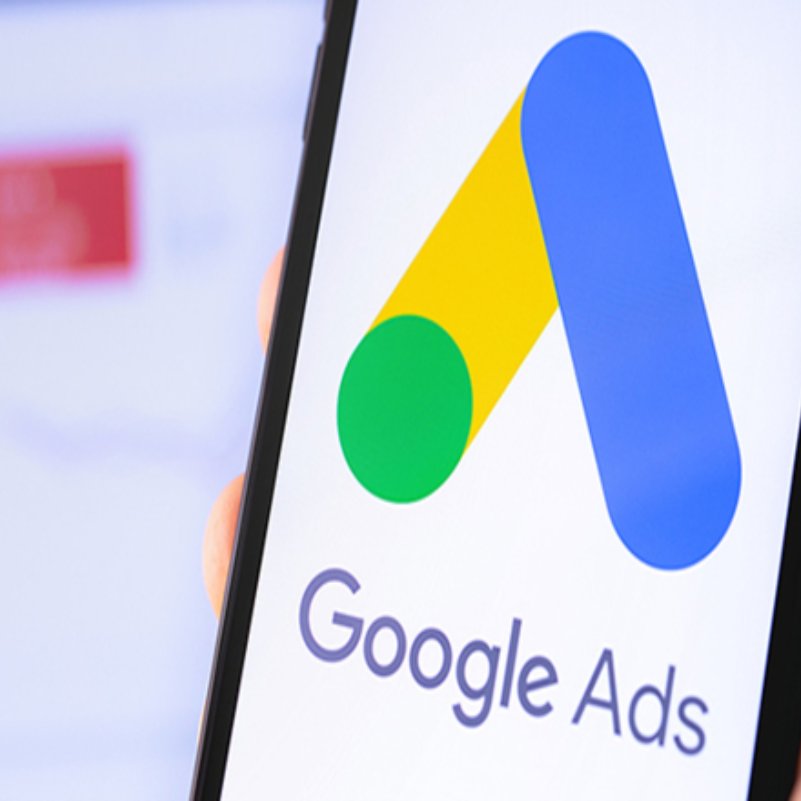- The Basics of Google Ads Pricing
Google Ads operates on a pay-per-click (PPC) model, meaning you pay each time someone clicks on your ad. The cost-per-click (CPC) can vary widely based on your industry, the competitiveness of keywords, and the quality of your ads. Essentially, there's no one-size-fits-all answer, but understanding the factors influencing costs can lead to more strategic decisions.- Factors Influencing Your Monthly Google Ads Spend
1. Keyword Competition: Highly competitive keywords, often with high commercial intent, can drive up the cost. Utilizing long-tail keywords can be a cost-effective strategy for smaller businesses looking to attract targeted traffic. Notably, agencies like King Kong also emphasize the importance of strategic keyword selection in managing ad spend efficiently.2. Ad Quality and Relevance: Google rewards high-quality, relevant ads with a higher Quality Score, which can lower your CPC. Focus on creating ads that are directly relevant to the search queries you're targeting.
3. Bidding Strategy: You can choose from several bidding strategies, depending on your campaign goals. Whether it's maximizing clicks, and conversions, or managing cost per acquisition, your strategy can significantly impact your monthly spend.
4. Industry: Some sectors, like legal services or insurance, face higher CPCs due to the competitive nature of the market and the high value of conversions.
- Estimating Your Google Ads Budget
To start, Google Ads offers a Keyword Planner tool that can help estimate the CPC for your targeted keywords. However, a typical small to medium-sized Australian business might allocate anywhere from $500 to $5,000 per month on Google Ads, depending on the factors mentioned above. For those looking to maximize their investment in specific locales, SummiTouch Google Ads Adelaide Services offers tailored strategies that cater to the unique needs of Adelaide-based businesses.- Maximising Your Google Ads Investment
1. Start Small: Begin with a modest budget to test which keywords and ad formats work best for your business.2. Focus on Quality Score: Improve your ad relevance and landing page quality to enjoy lower costs per click.
3. Use Negative Keywords: Filter out irrelevant search terms to ensure your ads only appear for searches that are likely to convert.
4. Track and Adjust: Regularly review your campaign's performance and adjust your strategies and budget accordingly

